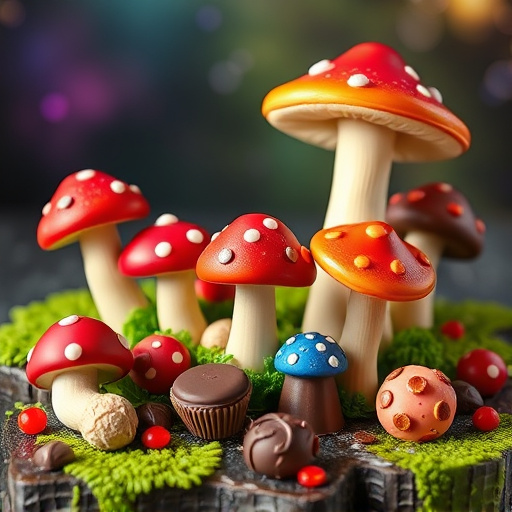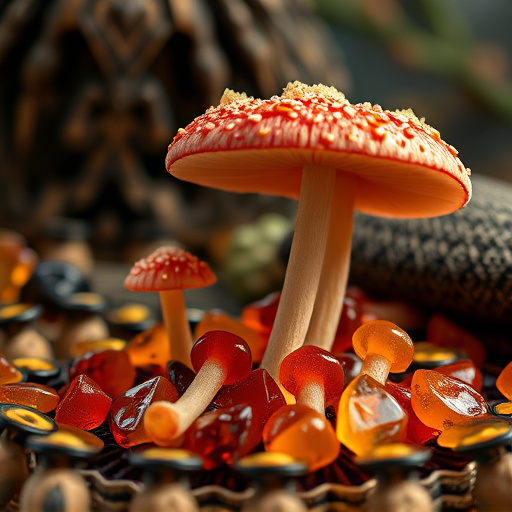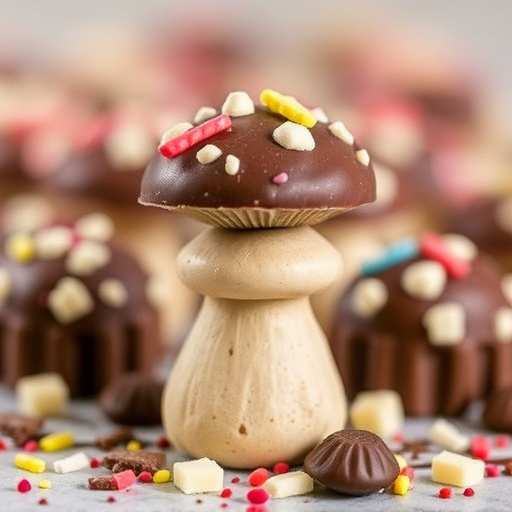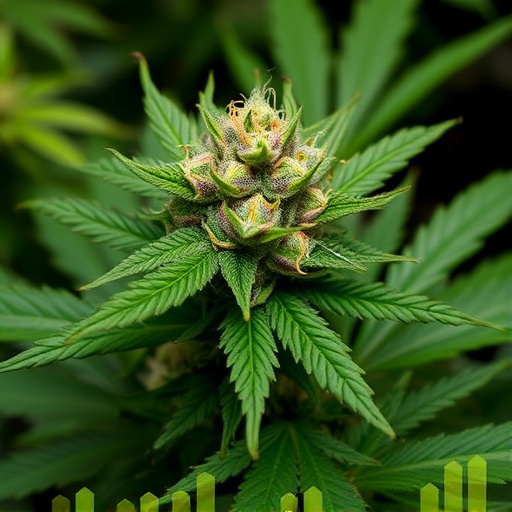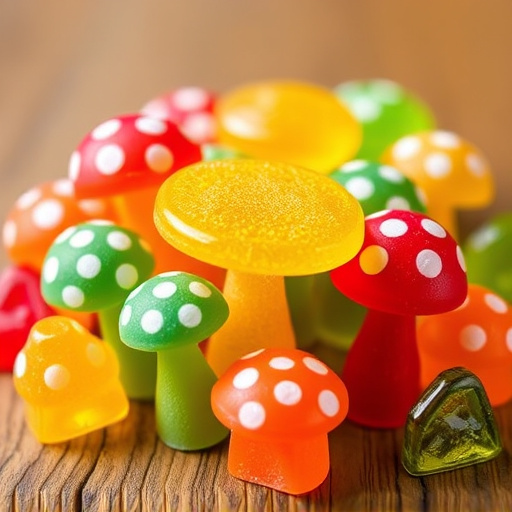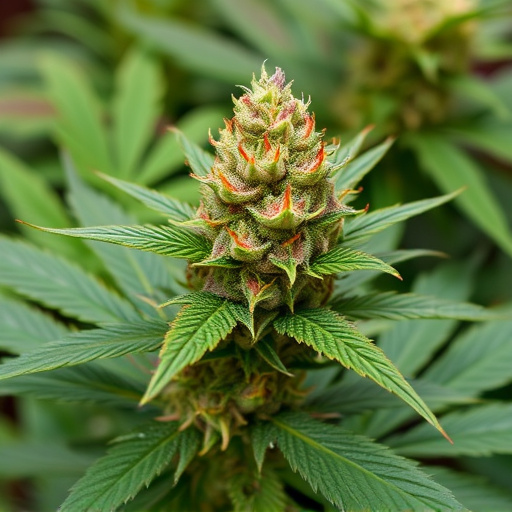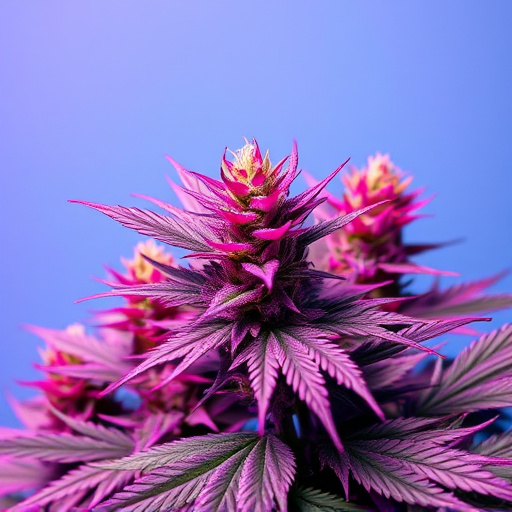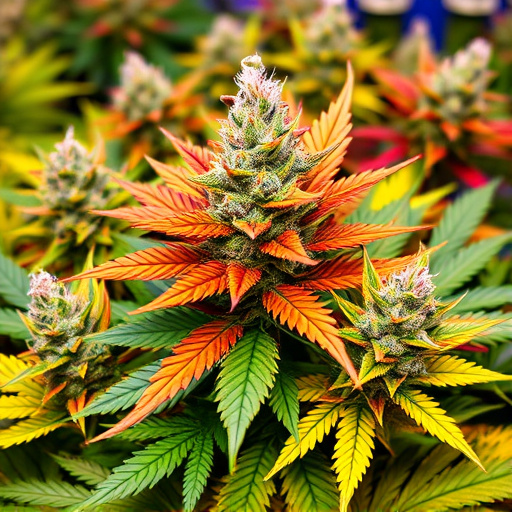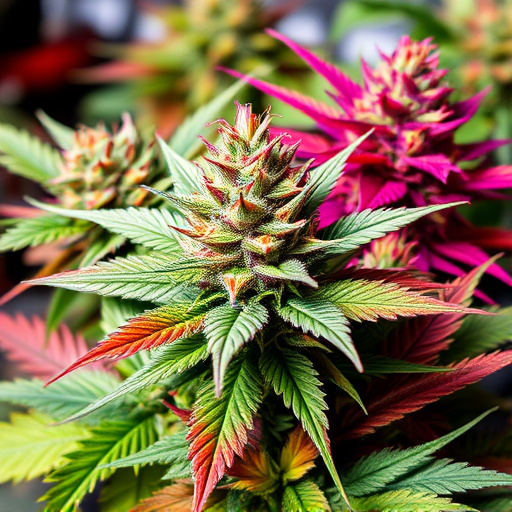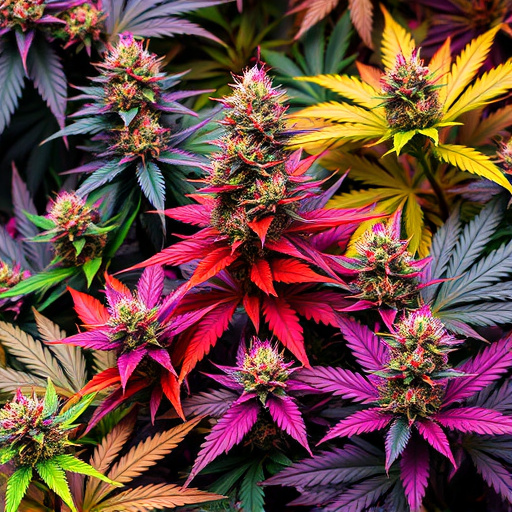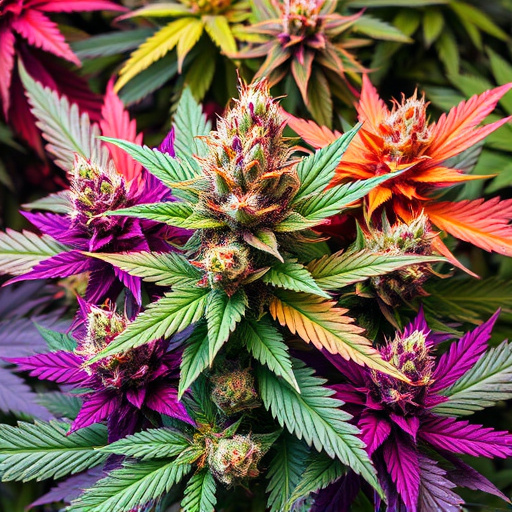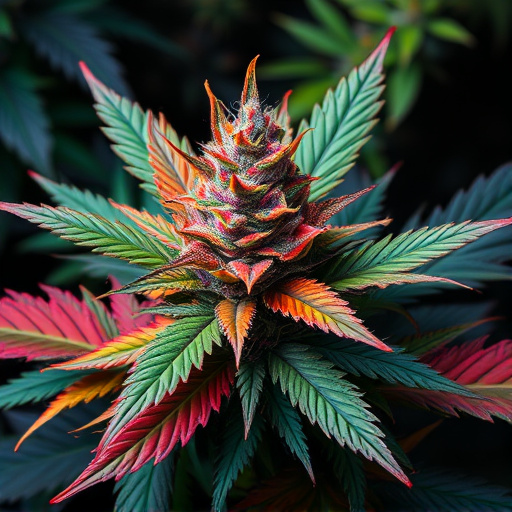The natural aging process significantly reduces the potency of marijuana by degrading cannabinoids like THC and CBD due to environmental factors. This explains why older strains offer milder effects or no high at all, contrasting with newer, more potent colorful marijuana strains. Advanced testing methods, such as GC-MS, are crucial for accurately evaluating aged cannabis. Interestingly, aging can actually increase terpene concentrations in vintage strains, potentially enhancing their therapeutic and aromatic properties.
Can old weed still get you high? This question delves into the mysteries of cannabis degradation, exploring how time affects its potency. We embark on a journey through the vibrant tapestry of colorful marijuana strains, each with unique characteristics and varying levels of effectiveness. Understanding cannabinoid degradation is key to navigating this bustling landscape, especially when testing methods come into play, unveiling the truth behind old weed’s ability to deliver that sought-after high.
- Understanding Cannabinoid Degradation: How Potent Old Weed Loses Its Kick
- Exploring Colorful Marijuana Strains: A Journey Through Variety and Potency
- Testing Methods and Their Impact: Uncovering the Truth Behind Old Weed's Effectiveness
Understanding Cannabinoid Degradation: How Potent Old Weed Loses Its Kick
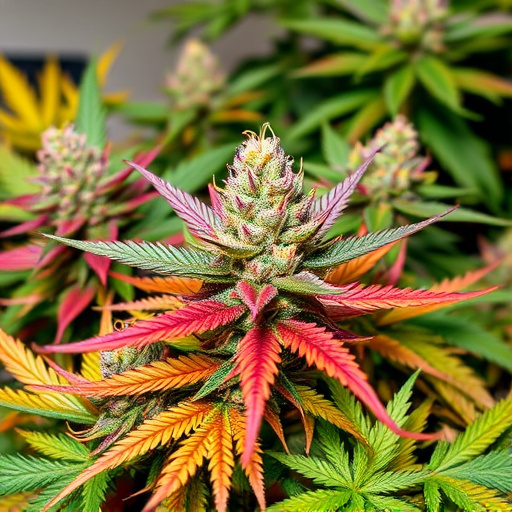
Over time, even the most vibrant and potent marijuana strains experience a gradual decrease in their effectiveness. This is primarily due to the natural process of cannabinoid degradation. Cannabinoids, like THC (tetrahydrocannabinol), are sensitive compounds that can break down over time, especially when exposed to heat, light, oxygen, or moisture.
As marijuana ages, the level of THC present in the plant material diminishes. This means that what once was a powerful and enjoyable high from old weed may now produce only mild effects or even be entirely ineffective. The degradation process affects not just THC but also other cannabinoids like CBD (cannabidiol), which has gained popularity for its potential therapeutic benefits. Understanding this chemical transformation is key to recognizing why the experience of smoking old, less potent marijuana strains differs significantly from the robust highs associated with newer, high-quality colorful marijuana strains.
Exploring Colorful Marijuana Strains: A Journey Through Variety and Potency
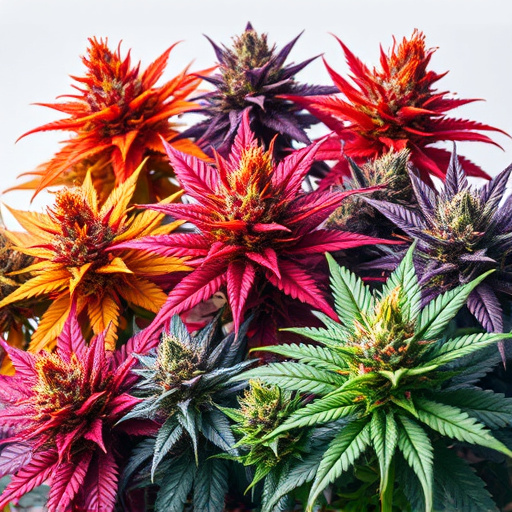
The world of marijuana is a vibrant tapestry woven with countless threads of variety and potential. Among the most intriguing aspects is the exploration of colorful marijuana strains, each offering unique experiences and effects. These strains are not just eye-catching; they represent diverse genetic lineages and chemical compositions that can significantly impact the user’s high. From rich, earthy tones to bold, vibrant hues, the visual appeal is matched by a spectrum of potent compounds, including terpenes and cannabinoids.
Delving into this diverse landscape reveals strains with heightened THC levels, promising intense euphoria and cognitive enhancement, while others may boast elevated CBD content, known for its calming and therapeutic properties. Some strains offer a perfect balance, providing both recreational enjoyment and medical benefits. This vast array of colorful marijuana strains allows users to tailor their experience, whether seeking relaxation, stimulation, or something in between, ensuring there’s a strain suited to every palate and purpose.
Testing Methods and Their Impact: Uncovering the Truth Behind Old Weed's Effectiveness
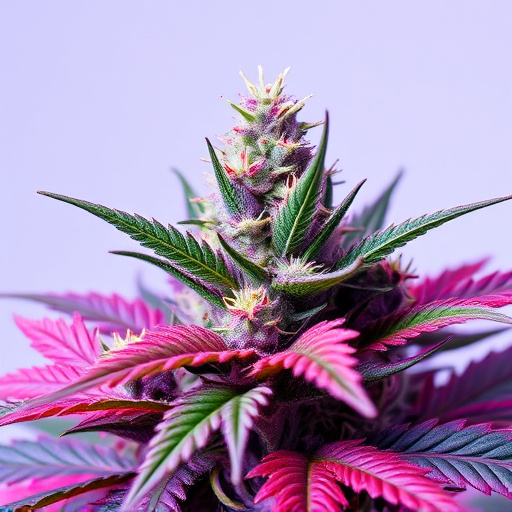
Testing methods play a crucial role in uncovering the truth about the potency and effectiveness of old weed. Unlike fresh cannabis, which can be easily tested for its THC content and various cannabinoids, aged or stored marijuana presents unique challenges. Traditional testing kits often struggle to accurately measure the remaining active compounds, especially after prolonged exposure to varying temperatures and humidity levels.
Advanced scientific techniques, such as gas chromatography-mass spectrometry (GC-MS), have emerged as powerful tools in this domain. These methods allow for precise analysis of residual cannabinoids, offering a clearer picture of an old weed’s potential effects. Interestingly, some research suggests that aging can enhance the concentration of certain terpenes, known for their aromatic and therapeutic properties, potentially adding to the unique experience users may have when consuming vintage cannabis strains, like those of colorful marijuana varieties.
While age may diminish the potency of cannabis, exploring old weed can still offer a unique experience. Through understanding cannabinoid degradation and utilizing advanced testing methods, users can uncover unexpected strengths and enjoy diverse effects from vintage strains. The world of colorful marijuana strains is vast and ever-evolving, providing an exciting journey for those curious about its historical and contemporary offerings.
